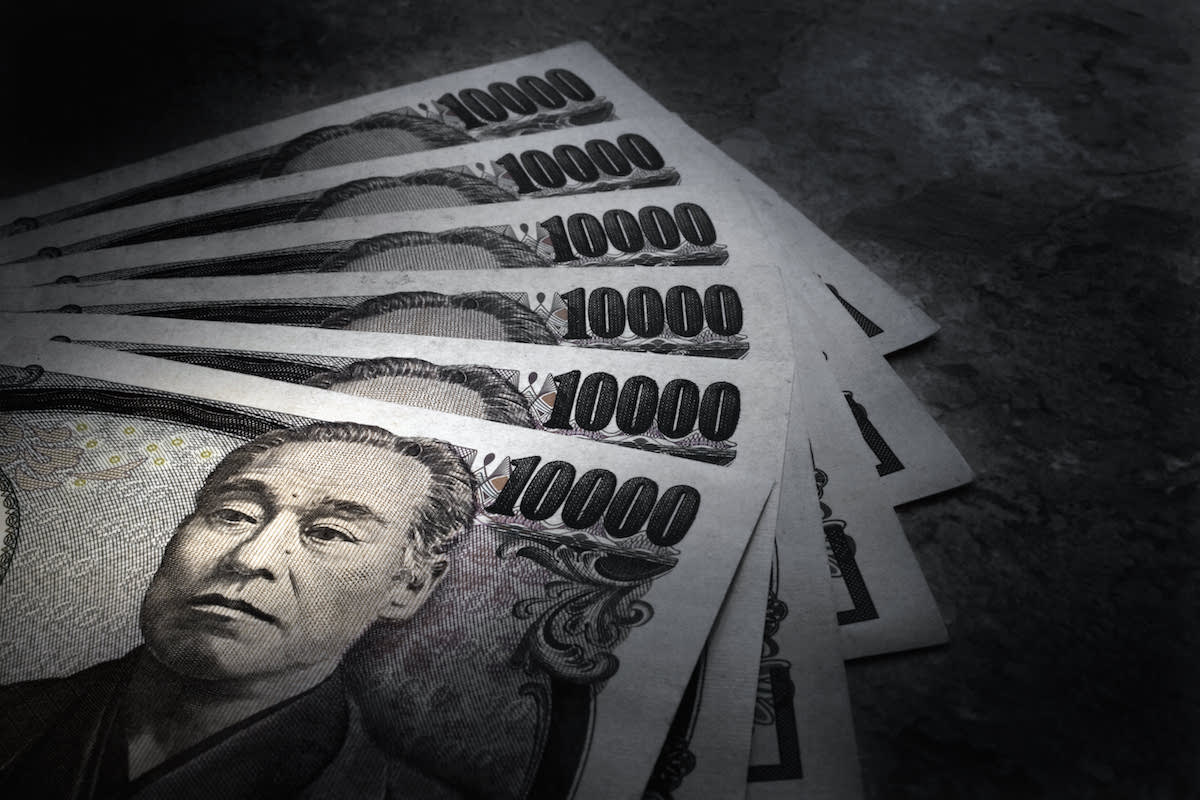
TOKYO – As Bank of Japan Governor Kazuo Ueda mulls how to get interest rates away from zero, he’s learning the hard way that the decision is up to a man 7,000 miles away.
US President Donald Trump’s trade war threats are distracting the entire global economy like a low-grade but persistent pain. The throbbing wasn’t enough to derail this Friday’s (January 24) rate hike in Japan, one that had been in the works for weeks.
The BOJ raised its benchmark rate by a quarter percentage point to 0.5%, the highest level since 2008. The yen gained as much as 0.7% to the dollar to 155.01 in early afternoon trading. Despite hiking three times in less than a year, the BOJ still maintains the lowest benchmark rate in the world, tied with the Swiss National Bank.
But Ueda’s window to, as his team put it, “continue to raise the policy interest rate and adjust the degree of monetary accommodation” depends on its assumptions about the outlook bearing out.
It’s the same phraseology the BOJ used in July when it last tightened. That, though, was back when Tokyo policymakers thought Trump 2.0 would never happen.
Now, all bets are off as Trump threatens to wreck Asia’s 2025 with a barrage of tariffs, levies that would surely slam Japan’s economy.
For now, Trump is holding his fire on the 60% taxes he threatened on Chinese goods. No-one is probably more surprised than Chinese leader Xi Jinping, whose government has been bracing for Trump’s revenge tour.
Yet by promising to impose 25% levies on Canadian and Mexican goods on February 1, Trump is signaling that his trade war is still on.
Trump also seems to be firing a shot off Beijing’s bow. The message, it seems, is that China can avoid tariffs if Xi’s Communist Party starts making big concessions.
As Trump told the crowd in Davos this week: “All we want is fairness. We just want a level playing field. We don’t want to take advantage. We’ve been having massive deficits with China. Joe Biden allowed it to get out of hand.”
But Trump being Trump, Team Xi would have to wow Washington with moves to increase US market access to China to avoid tariffs – steps for which few think Xi would ever go.
This has many investors still fearing the worst about Trump imposing tariffs that shake the globe’s biggest trading nation at arguably the worst moment possible.
The deflationary pressures that China carried into 2025 could get even worse if Trump’s policies hobble a vital growth engine: exports. Already, China’s property crisis and weak household demand have economists buzzing about a Japan-like “lost decade.”
It’s something officials in Tokyo know all too much about. For all the excitement about the BOJ raising rates another step away from zero, the last time the benchmark reached 0.5%, 17 years ago, didn’t go so well.
Back then, Toshihiko Fukui was in Ueda’s chair. In 2006, Fukui’s board managed to scrap quantitative easing and raise official rates for the first time since 1999, when the BOJ first lowered them to zero.
In 2007, he tightened further. But the recession that followed enraged the political establishment. By 2008, Fukui’s successor was resurrecting QE and pushing rates back to zero.
It’s an open question whether Ueda can avoid Fukui’s fate. Trump is likely to provide the answer one way or another. As Trump begins tossing tariff after tariff at the globe, Japan’s export-reliant economy will be at the very center of the collateral-damage zone.
These are just the indirect risks. If Prime Minister Shigeru Ishiba isn’t sufficiently subservient for Trump’s liking, Japan might face its own tariffs.
The 100% taxes Trump plans for Mexico-made automobiles could easily come Japan’s way. Ishiba, for example, hasn’t even been able to secure a meeting with Trump, though Trump has made time for virtually every other world leader imaginable.
Japan could be in harm’s way even if Trump doesn’t slap huge taxes on China. Officially, Japanese lawmakers claim they’re ready to cooperate with the Trump 2.0 White House. In private, however, they worry Trump might strike a bilateral trade deal with Beijing that excludes Japan.
Either way, the BOJ’s path forward is a cloudy one.
“The outlook is subject to significant policy uncertainty at home and abroad — US President Trump’s promise of higher tariffs is bound to shake up global trade and supply chains,” says Stefan Angrick, head Japan economist at Moody’s Analytics.
Thing is, Japan has been here before. In 2008, the global financial crisis complicated the BOJ’s tightening plans. Today, US turbulence may again be standing in the way of the BOJ normalizing 25 years of zero rates.
Whether Ueda understands it or not, the trajectory of Japanese rates and the yen are more in Trump’s hands than his.
Follow William Pesek on X at @WilliamPesek
Article Source : asiatimes Website


0 Comment